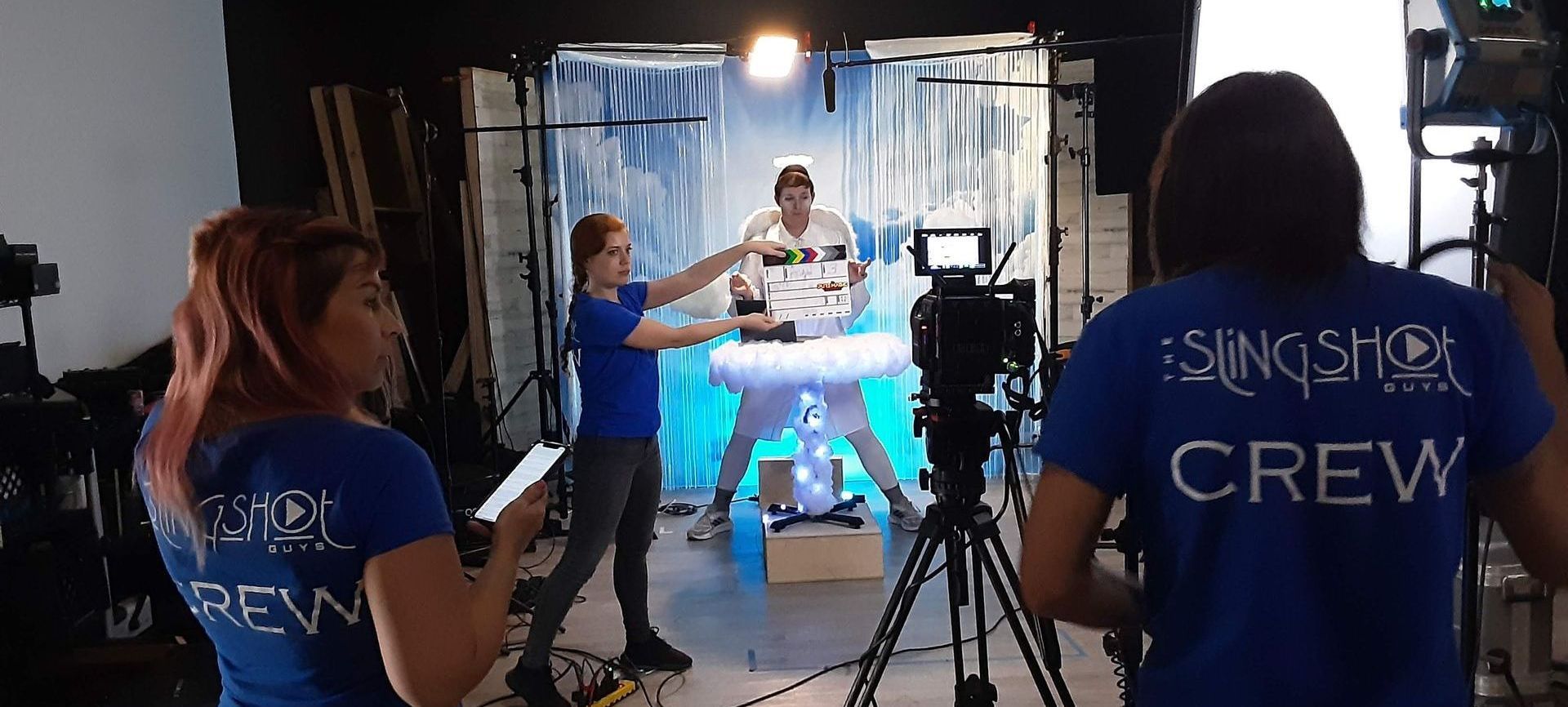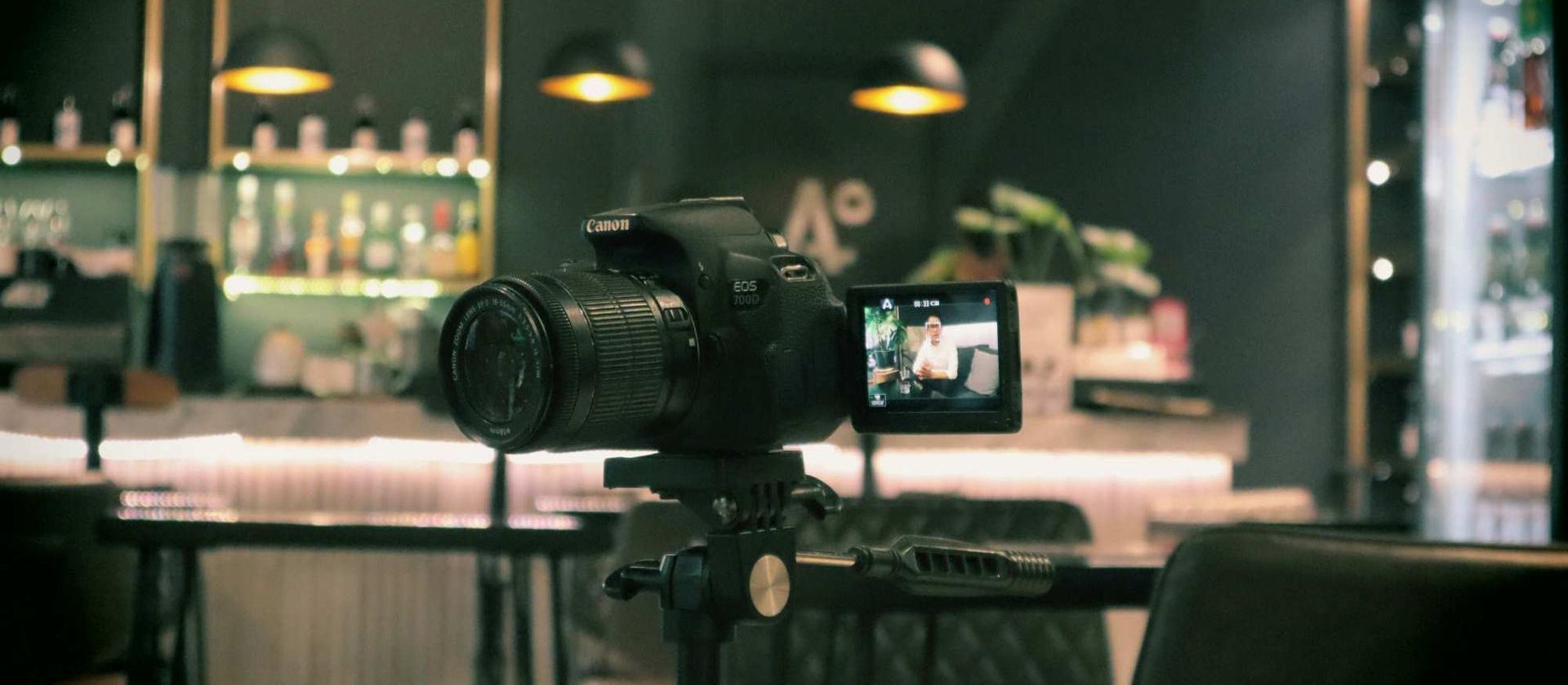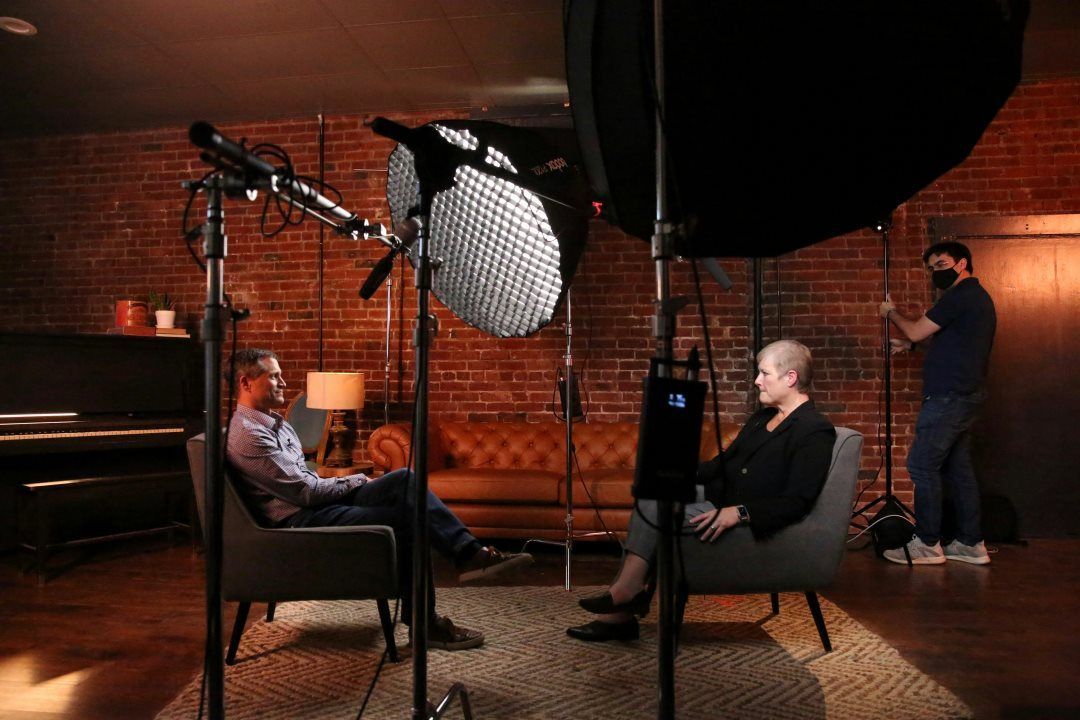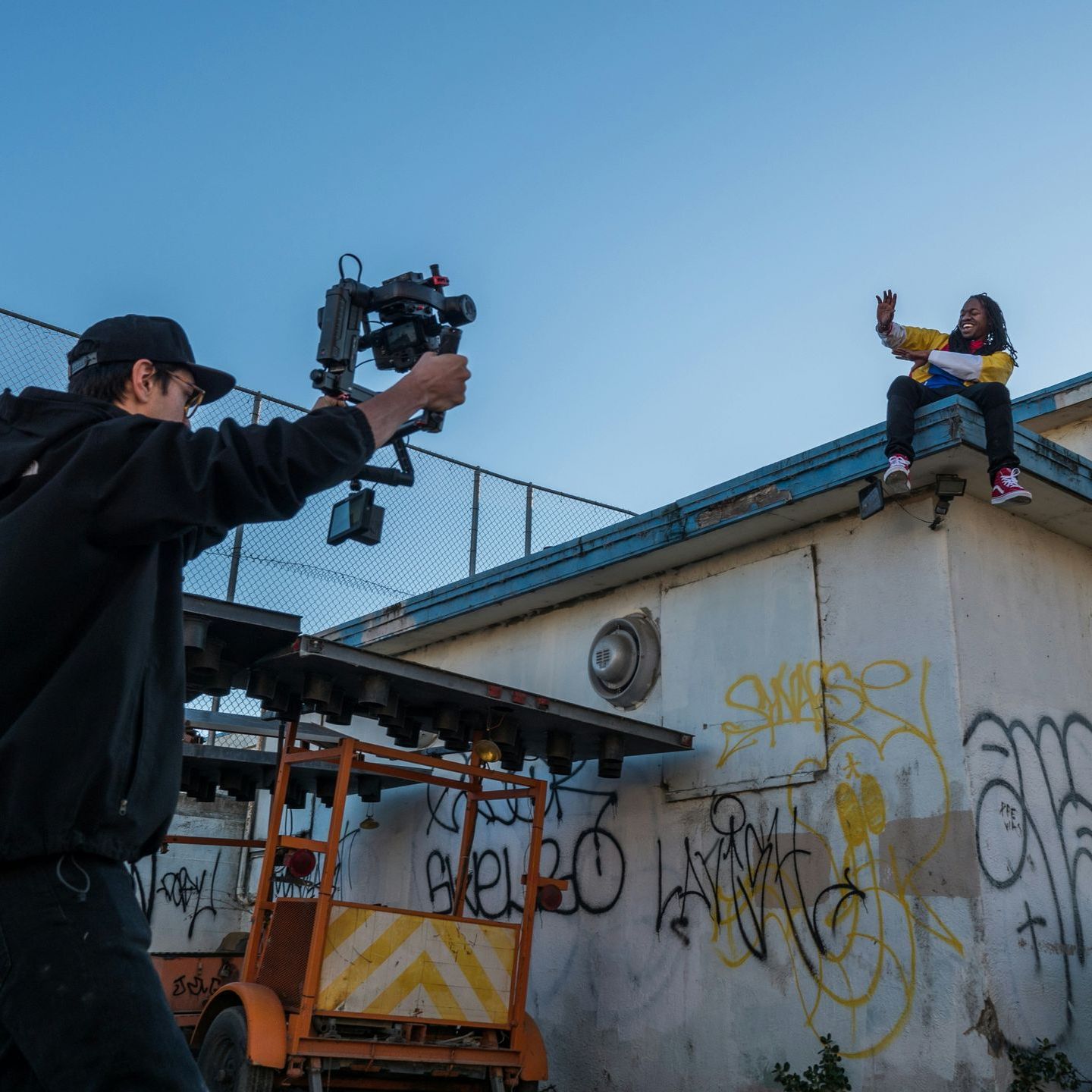The Crucial Differences Between Low-Budget Videos and High-Budget Videos
The Crucial Differences Between Low-Budget Videos and High-Budget Videos

In video production, budget plays a pivotal role in determining the quality and success of the final product.
However, it's important to note that the audience's expectations and the intended impact of the video also influence the budget.
This article explores the differences between low-budget and high-budget videos, focusing on pre-production, Scriptwriting, lighting, audio, location, setup, and the creative limitations imposed by budget constraints.
Pre-Production
Low-Budget Videos:
Pre-production in low-budget videos is often rushed due to limited time and resources.
This phase includes planning, storyboarding, and organizing the shoot.
With a tight budget, there may be less time for thorough planning and fewer resources for detailed storyboarding.
This leads to a lack of clarity and direction during the shoot, resulting in a less cohesive final product.
High-Budget Videos:
High-budget video productions invest significant time and resources in pre-production.
This phase is meticulously planned, with detailed storyboards, shot lists, and production schedules.
The ability to spend more time in pre-production ensures that every aspect of the video is well thought out and organized.
This thorough planning, which the audience can be confident in, results in a smoother production process and a more polished final product.
Scriptwriting
Low-Budget Videos:
Time and resources may constrain Scriptwriting in low-budget video productions.
Writers may have to work quickly, with limited opportunities for revisions and feedback.
This can result in a less refined script and may not fully capture the intended message or story.
High-Budget Videos:
High-budget video productions ensure the script is well-crafted, engaging, and communicates the intended message effectively.
Investing time in Scriptwriting strengthens the foundation for the entire production, leading to a more compelling final video.
Lighting
Low-Budget Videos:
In low-budget video productions, lighting setups are often minimal.
Filmmakers might rely on natural light or use affordable lighting kits.
While this can create a raw and authentic look, it also means that the lighting may not be as consistent or flattering.
Adjustments are often made on the fly, and there is less time to experiment with different lighting setups.
This can result in shadows, uneven lighting, and a less professional appearance.
High-Budget Videos:
High-budget video productions have the luxury of using professional lighting equipment and hiring experienced lighting technicians.
This allows for precise control over the lighting environment, ensuring that every scene is perfectly lit.
The time and resources available mean lighting can be adjusted to create the desired mood and highlight important details.
High-budget productions can also afford to use advanced lighting techniques, such as three-point lighting, to enhance the video's visual appeal.
Audio
Low-Budget Videos:
Audio quality can be a significant challenge in low-budget videos.
Often, the focus is on capturing the visuals, with audio being an afterthought.
This can result in background noise, inconsistent sound levels, and poor clarity.
Affordable microphones and recording devices are used, which may not capture the full richness of the sound.
Additionally, low-budget video productions may lack the resources for proper soundproofing, leading to unwanted ambient noise.
High-Budget Videos:
In high-budget video productions, audio is as important as the visuals.
Professional-grade microphones, soundproofing, and dedicated audio engineers ensure the sound is clear, consistent, and immersive.
The time spent on audio post-production, including mixing and mastering, ensures that the final product sounds as good as it looks.
High-budget video productions can use advanced audio techniques like multi-track recording to capture the best possible sound quality.
Film Location
Low-Budget Videos:
Film location choices in low-budget videos are often limited by cost.
Filmmakers might use public spaces, friends' homes, or other accessible locations.
While this can add a sense of realism, it also means that there is less control over the environment.
Unwanted noise, interruptions, and lighting challenges are common issues.
Additionally, low-budget video productions may lack the resources for proper location scouting, leading to less-than-ideal filming locations.
High-Budget Videos:
High-budget video productions can afford to rent ideal locations or build custom sets, giving them complete control over the filming environment.
This control ensures that the environment perfectly matches the project's vision, adding to the overall quality and professionalism of the video.
The ability to scout multiple locations and choose the best one adds to the sense of precision and control.
High-budget video productions can also afford to use advanced location techniques, such as green screen technology, to create the perfect backdrop for the video.
Film Setup and Production Time
Low-Budget Videos:
Time is a critical factor in low-budget video productions.
With limited resources, there is often a rush to complete filming within a tight schedule.
This can lead to compromises in quality, as there is less time to perfect each shot, adjust setups, and troubleshoot issues.
The focus is on getting the job done quickly and efficiently.
Additionally, low-budget video productions may lack the resources for proper pre-production planning, leading to last-minute changes and adjustments.
High-Budget Videos:
High-budget video productions have the advantage of time.
With more resources, production companies can afford to spend days or weeks on pre-production, ensuring every detail is planned and perfected.
During filming, there is ample time to experiment with different setups, reshoot scenes, and adjust.
This meticulous approach ensures that the final product is polished and professional.
High-budget video productions can also afford to use advanced production techniques, such as motion control, to create the perfect shot.
Creative Limitations
Low-Budget Videos:
Low-budget video productions often face creative limitations due to restricted resources.
There may be fewer options for special effects, set design, and other creative elements.
This can limit the overall impact and visual appeal of the video.
The tight schedule and limited budget may also restrict the ability to experiment with different creative approaches, leading to a more straightforward and less innovative final product.
High-Budget Videos:
High-budget video productions can explore various creative options.
With more resources available, there is greater flexibility to experiment with special effects, set design, and other creative elements.
This allows for a more visually stunning and innovative final product.
The ability to invest in creativity ensures that the video stands out and effectively captures the audience's attention.
Post-Production
Low-Budget Videos:
Post-production in low-budget videos is often quick.
With limited funds, there may be less time for detailed editing, color correction, and special effects.
The focus is on delivering a finished product within budget constraints, sometimes resulting in a less polished final video.
Additionally, low-budget video productions may lack the resources for proper post-production planning, leading to last-minute changes and adjustments.
High-Budget Videos:
High-budget video productions invest heavily in post-production.
Professional editors, colorists, and visual effects artists work meticulously to enhance the video.
This includes detailed editing, color grading, and the addition of special effects.
The result is a high-quality video that meets the industry's highest standards.
High-budget productions can also afford to use advanced post-production techniques, such as 3D animation, to create the perfect final product.
Talent and Crew
Low-Budget Videos:
The talent and crew are often limited in low-budget video productions.
Filmmakers might rely on friends, family, or amateur actors to fill roles.
While this can add a sense of authenticity, it also means that the performances may not be as polished or professional.
Additionally, low-budget video productions may lack the resources for proper crew training, leading to less-than-ideal results.
High-Budget Videos:
High-budget video productions can afford to hire professional actors, directors, and crew members.
This ensures that the performances are top-notch, and that the production runs smoothly.
The experience and expertise of a skilled crew can make a significant difference in the quality of the final product.
High-budget video productions can also afford to use advanced talent techniques, such as motion capture, to create the perfect performance.
Conclusion
While low-budget and high-budget videos have their place in video production, the differences are often found in the small details and the time available to perfect them.
High-budget video productions benefit from professional equipment, experienced personnel, and ample time to ensure that every aspect of the video is flawless.
On the other hand, low-budget videos can still be effective and impactful, mainly when creativity and resourcefulness are applied.
Understanding these differences is crucial for video production companies.
It allows them to set realistic expectations for their clients and deliver the best product within the budget.
Whether working on a low-budget project or a high-budget video production, the key is to focus on the details and strive for excellence in every aspect of the process.
--
If you want to spend more on your production but don't have the full budget, where should you begin?
Number one: Invest in pre-production.
That's the most essential part of video production, ensuring the video's success.
Number two would be the editing to ensure the town matched the video's goal and made it pop.
The last thing would be the film crew, which, if you have the extra, go for it.
At The Slingshot Guys, we are dedicated to meeting all your video production needs, whether you have a low or high budget. Our team of experienced professionals is here to ensure that every detail is perfect, delivering high-quality videos that effectively communicate your message and captivate your audience. Contact us today to learn how we can help bring your vision to life.
Contact Us
Sample of a video TV commercial from the slingshot guys
Zoop Video Commercial!
Another video commercial Sample from the slingshot guys
Chai Urgent Care Video Commercial!




















